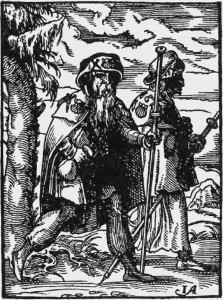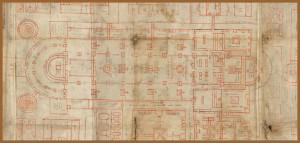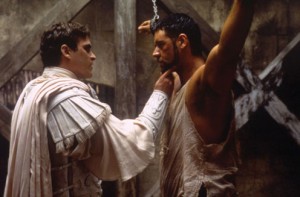i have also viewed the movie “Gladiator” and i believe that the portrayal of him in that movie was a somewhat true account on who he really was as a person. According to Historia Augusta, Commodus killed many people, had sacrifices performed and other various methods of death by his hand/association. This seems as if he was just a ruler gone mad with power or he really had a thirst for human suffering. Even in his childhood he was “gluttonous and lewd” and a trickster. Maybe he did not mean intentional harm during his jokes. However it looks like he honed into a violent nature based on the outcomes of his humorous times. These unintentional moments started a thirst for his violence side and he grew a custom to this nature of himself.
Contact Information
Professor Sandra Cheng
Office: Namm 602B
Office Hours: Tu/Th 9-10 am or
by appointment
Office Tel: 718-260-5003
Email: scheng@citytech.cuny.eduHelpful Links
 New York Times Arts
New York Times Arts-
Recent Posts
Recent Comments
- Contemporary art review. | English homework help - Business Essay Help on Sample Exhibition Review
- Contemporary Art review. – Paper Assignments on Sample Exhibition Review
- Topics in contemporary Art Exhibition Paper – Paper Assignments on Sample Exhibition Review
- Topics in contemporary art exhibition paper | art | State University of New York College at Old Westbury - Duepapers on Sample Exhibition Review
- Contemporary Art review. - Homework Essay Writer on Sample Exhibition Review
Archives
Categories
Meta







